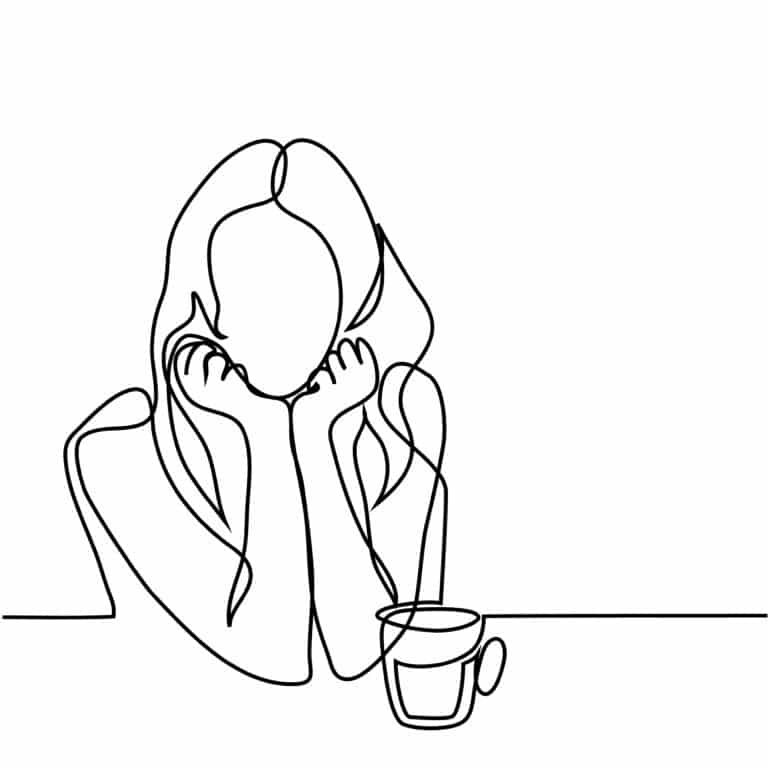Today, after a very busy month of exciting changes and challenges, I emptied my email inbox (which contained over 120 unanswered/pending messages at one point). It’s not like I didn’t try to respond to some of these emails, but there were times when I answered one email and two more appeared in its place, as if Google and its “mailer demons” were playing an evil logarithmic game that my therapist (read “liberal arts”) brain was unable to conquer. My “cyberspace” became anything but – issues contained in these emails were very real and I was quickly running out of mental space to deal with the aforementioned effectively. My emotional garden was growing faster than I could prune it and avoiding the situation altogether seemed like the easiest solution.
Except that it wasn’t. Not even a little bit.
Though I became very good at evading the computer (as evidenced by beautifully crafted session notes and a spotless desk), I lived with looming anxiety, because I knew that, despite my best efforts (which may have included a prayer that the computer or, better yet, our entire network, would crash), my inbox would continue to grow.
I couldn’t help but parallel my situation, and subsequent anxiety and avoidance to the situations and feelings my clients describe. In sessions, I help clients balance their emotional input/output by prescribing journaling, teaching thought-stopping techniques, or assigning boundary setting homework. Eventually, we discuss this emotional imbalance in eating disorder terms. Does restricting food/fluid permit avoidance of incoming or outgoing emotions? Does purging mimic (or serve in place of the) emotional output? Does binge-eating fill the brain, so that necessary (and often difficult) emotional processes can’t happen? You get the idea…
What I have concluded (and what I hope my clients will eventually conclude through these exercises), is that while it is okay to step away from the issue (or, in my case, issues…120, to be exact) momentarily, avoidance is not the solution. Input doesn’t stop, just because I do.
Though there were other things on my to-do list, I decided to allocate one hour each day to answering emails and addressing related issues. I found a quiet space and responded to the most urgent emails first. I forwarded less urgent emails to members of my staff who could handle the problem, and then sorted and stored the remaining emails into electronic file folders. (I won’t insult your intelligence by stating the obvious similarities to what I’m suggesting we do with other types of issues).
It wasn’t fun. Not even a little bit.
But, I feel better…much better. I remind myself today to address issues as they arise, take a break when I need to, but to “login” when I most feel like “shutting down.”
Thank you, gmail. I will enjoy my day.




